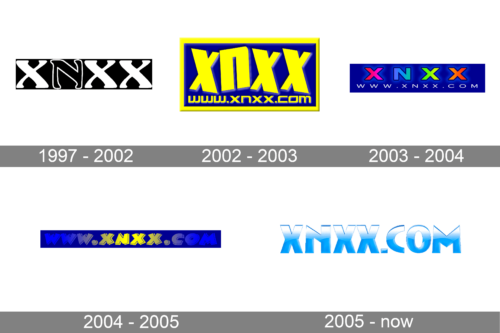
- Version
- Download 46
- File Size 46.25 KB
- File Count 1
- Create Date December 7, 2024
- Last Updated December 7, 2024
Real Madrid Club de Fútbol is a global football powerhouse, renowned for its illustrious history, success, and iconic identity. Founded on March 6, 1902, in Madrid, Spain, the club is a symbol of excellence, tradition, and unyielding ambition. With its instantly recognizable logo, Real Madrid remains one of the most celebrated football clubs worldwide, inspiring generations of fans and players alike.
Historical Evolution of Real Madrid’s Logo
Real Madrid’s emblem has undergone several transformations since its inception. Despite these changes, the club has maintained its dedication to tradition, consistently reflecting its royal heritage and values.
1902 — 1908: The Initial Monogram
The club’s first logo was a minimalist blue "MFC" monogram, representing "Madrid Football Club." Designed in a gothic-inspired serif font, the emblem featured clean, sharp lines with a straightforward yet elegant aesthetic.
1908 — 1920: Circle Enclosure
In 1908, Real Madrid introduced a circular frame around the monogram. The new design refined the letters, creating a unique interlocking style. This logo set the foundation for the modern emblem, emphasizing stability and unity.
1920 — 1931: The Royal Crown
The club received the royal title in 1920, adding a crown to its logo. This element symbolized the club’s newfound prestige, aligning with its new "Real" (Royal) designation. The blue-and-white color scheme remained, reflecting reliability and tradition.
1931 — 1941: Republican Era Changes
During Spain’s Republican era, the crown was removed due to restrictions on monarchy-related symbols. A purple diagonal stripe was introduced, honoring the Castile region. This era marked the last time the logo appeared without a crown.
1941 — 1997: Regal Renaissance
The crown returned in 1941 with a vibrant redesign. The emblem adopted gold accents, intricate detailing, and a brighter purple stripe. Black outlines enhanced the letters’ visibility, creating a balanced and refined appearance. This version became a defining feature of the club's identity for over five decades.
1997 — 2001: Modernized Aesthetics
In 1997, Real Madrid modernized the logo by replacing purple with blue and adding vibrant yellow to the crown and frame. The refreshed palette enhanced the logo’s contemporary appeal while preserving its traditional elements.
2001 — Present: Flat Design
The latest redesign simplified the logo, flattening the design and refining the colors. The blue and yellow hues were balanced for a cohesive, polished look. The emblem now conveys a sense of timeless elegance while staying true to its heritage.
Symbolism in Real Madrid’s Logo
The Real Madrid logo encapsulates the club’s legacy, blending royal prestige with sporting excellence.
Font
The monogram’s letters—custom-designed and unique—are intertwined harmoniously. The "M" is particularly distinctive, while the "C" and "F" provide a more conventional balance.
Colors
Each color in the logo carries significant meaning:
- Yellow: Symbolizes gold, wealth, and the club’s connection to Spain’s royal family.
- Blue: Represents loyalty, stability, and tradition.
- Red: Reflects passion, energy, and the relentless pursuit of victory.
The official hex codes for Real Madrid’s colors are:
- Gold: #FEBE10
- Blue: #00529F
- Red: #EE324E
Legacy and Identity
Real Madrid’s logo reflects over a century of achievements and values. Its timeless design, royal associations, and symbolic elements make it one of the most iconic emblems in football history. Whether gracing the Santiago Bernabéu Stadium or appearing on jerseys worldwide, the Real Madrid badge is synonymous with excellence and an enduring passion for the beautiful game.
| File | Action |
|---|---|
| Real Madrid Logo.png | Download |








